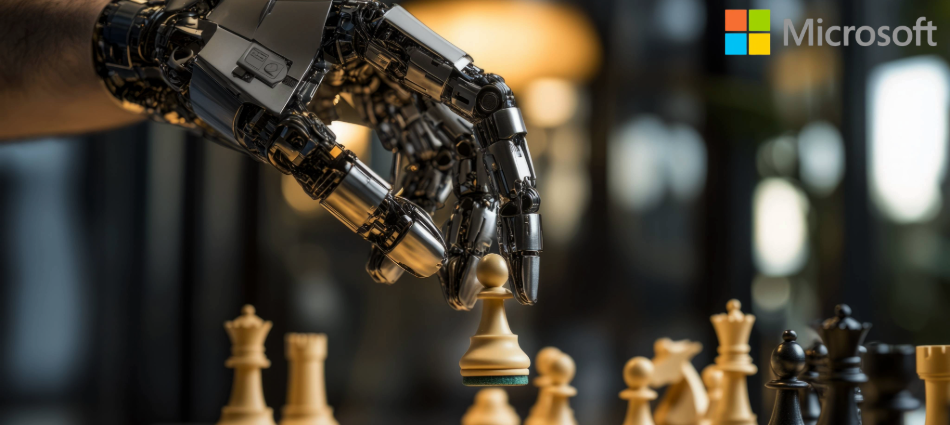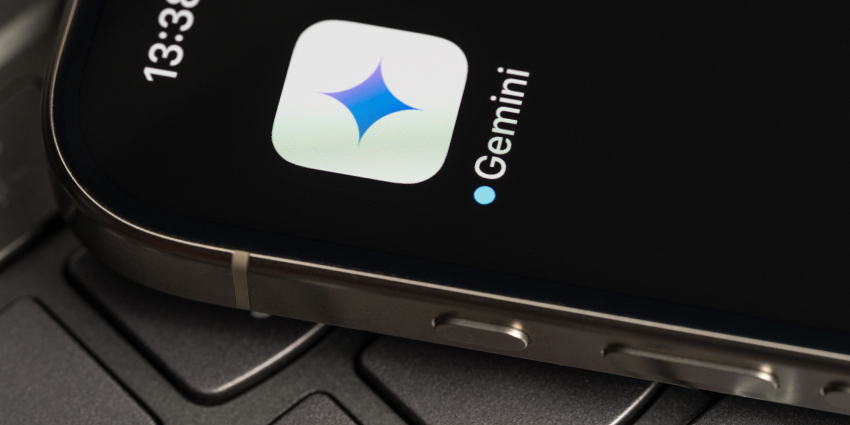Microsoft has developed in-house AI models that reportedly rival those of OpenAI, which could foresee a potential power shift in their $13 billion partnership and eventually lessen Microsoft’s dependence on OpenAI for AI tech. Intriiguingly, this comes shortly after Microsoft announced it was withdrawing its participation in the $500 billion ‘Startgate’ partnership.
The family of models, called MAI, has produced test results that demonstrate competitive performance against both OpenAI and Anthropic’s offerings, according to sources.
Building Competitive Alternatives
While maintaining its partnership with OpenAI, Microsoft has been quietly testing its MAI models across various tasks, such as powering elements of the company’s Copilot-branded AI assistants. These assistants handle user questions and provide specific suggestions for people working on documents or conference calls.
Clearly keen to emphasise the ongoing relationship between the two businesses, a Microsoft spokesperson explained:
We’re using a mix of models, which includes continuing our deep partnership with OpenAI, along with models from Microsoft AI and open source models.
The tech giant is also developing “reasoning models” designed to handle complex queries with problem-solving capabilities – directly competing in an area where OpenAI, Anthropic, and Alphabet are all investing heavily.
Last month, Microsoft incorporated OpenAI’s o1 reasoning model into its Copilot products, even as it works on alternatives.
Hedging Its Bets?
Microsoft’s development of proprietary models appears strategically timed as its relationship with OpenAI evolves. The companies renegotiated their deal in January, allowing OpenAI to power its services with servers from other cloud-computing providers when Microsoft doesn’t want the business. Their current agreement runs until 2030.
Recently, Microsoft Chief Financial Officer Amy Hood reiterated the commitment to the ongoing partnership whilst acknowledging both companies’ independence and desire to innovate and remain competitive:
We feel great about having leading models from OpenAI, we’re still incredibly proud of that. But we also have other models, including ones we build, to make sure that there’s choice.
Microsoft already offers smaller, in-house models called Phi and resells AI models from various companies.
Reports suggest the company has tested models from Anthropic, DeepSeek, Meta Platforms, and Elon Musk’s xAI as potential Copilot components. This could indicate a broader strategy of reducing reliance on any single partner.
Industry Experts See Shift Toward Practical Applications
Industry professionals suggest that beyond the high-stakes competition between large players, practical applications may ultimately drive enterprise adoption.
“I think there’s a bit of fatigue fitting in with a lot of people,” notes Kevin O’Donovan, a technology consultant specialising in energy transition and industrial AI. “Where people are finding real value is when someone can go ‘here is a specific use case, here’s a specific challenge, and here’s how we fixed it.'”
This sentiment reflects a market increasingly focused on implementation rather than capabilities alone. As the competition between model providers intensifies, the ability to demonstrate concrete business value may become the decisive factor for enterprise adoption.
Businesses to Benefit from Increased Competition
For enterprise AI consumers, Microsoft’s emerging competitive stance offers several potential advantages:
- Pricing leverage: Multiple viable model options could lead to more competitive pricing structures.
- Tailored solutions: Different models offer varying strengths, potentially allowing businesses to select options better suited to specific operational needs.
- Reduced vendor lock-in: Companies developing multi-model strategies may find it easier to shift between providers as technology evolves.
- Accelerated innovation: Competition between Microsoft and OpenAI may drive faster development cycles and feature improvements.
Looking Forward
Microsoft’s development of competitive models suggests a future where it could potentially become less dependent on OpenAI while maintaining the benefits of their partnership. This dual strategy allows Microsoft to hedge against potential conflicts of interest while securing its position in the AI market regardless of how individual partnerships evolve.
As competition intensifies between these AI powerhouses, enterprise customers may find themselves with more options and leverage. The diversification may also influence adjacent technologies like robotics, where specialised AI models could enhance physical system control across industrial applications.
For businesses planning AI implementations, this evolution means procurement strategies will need to consider not just model capabilities but also the complex competitive landscape that could reshape available technologies and partnerships in the coming years.
OpenAI declined to comment on the announcement.








